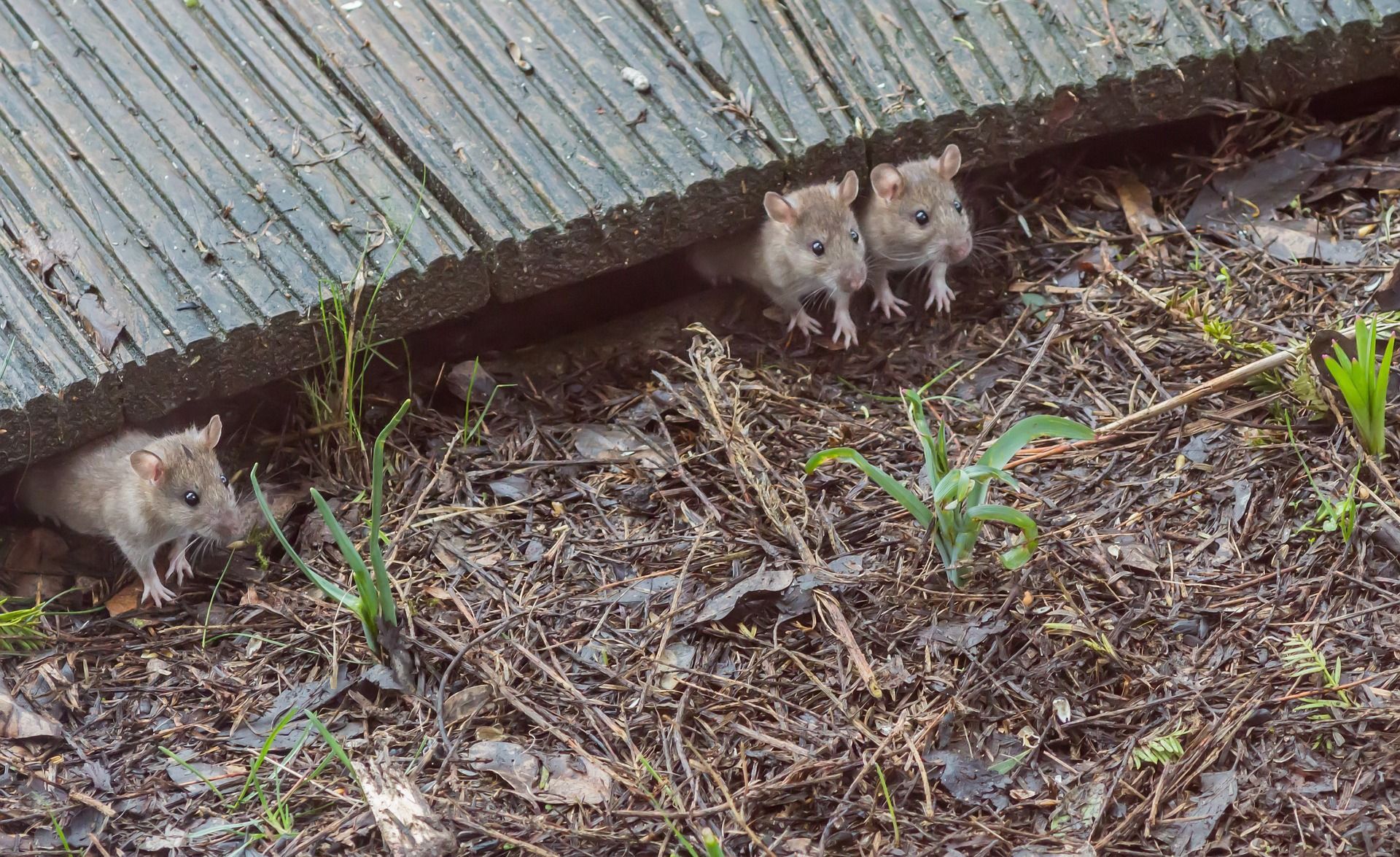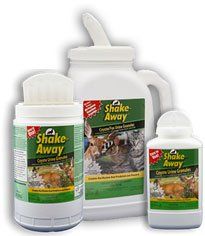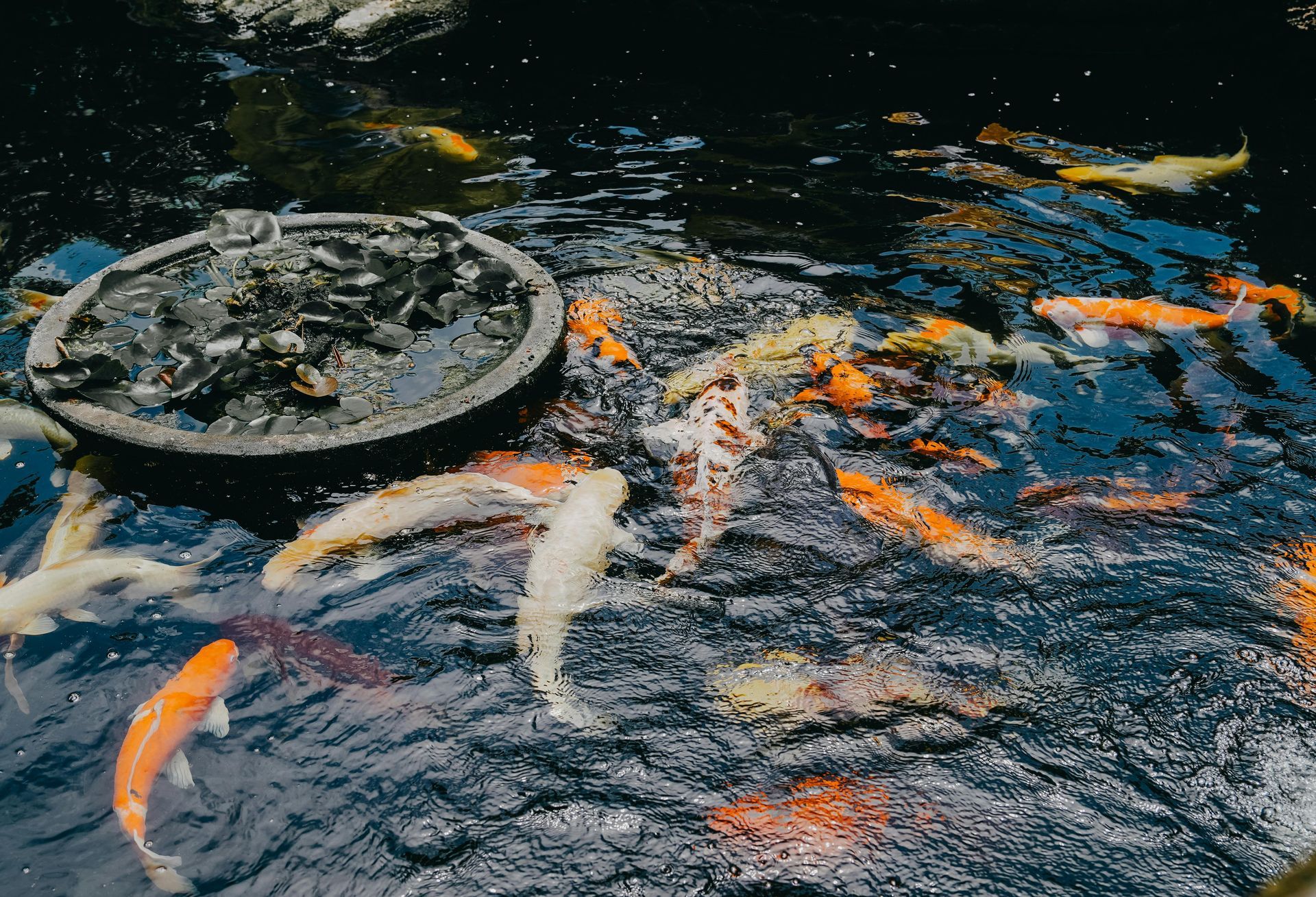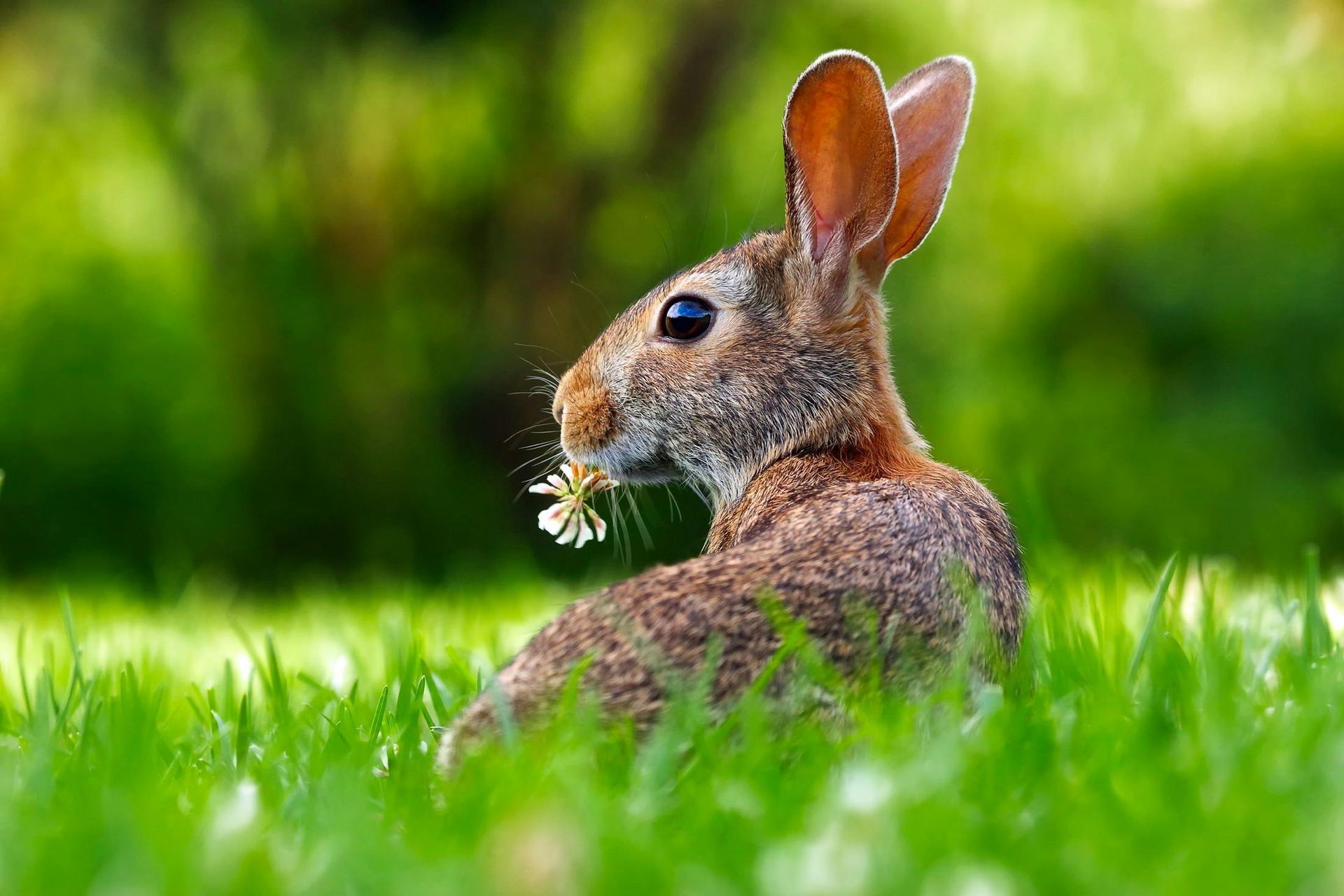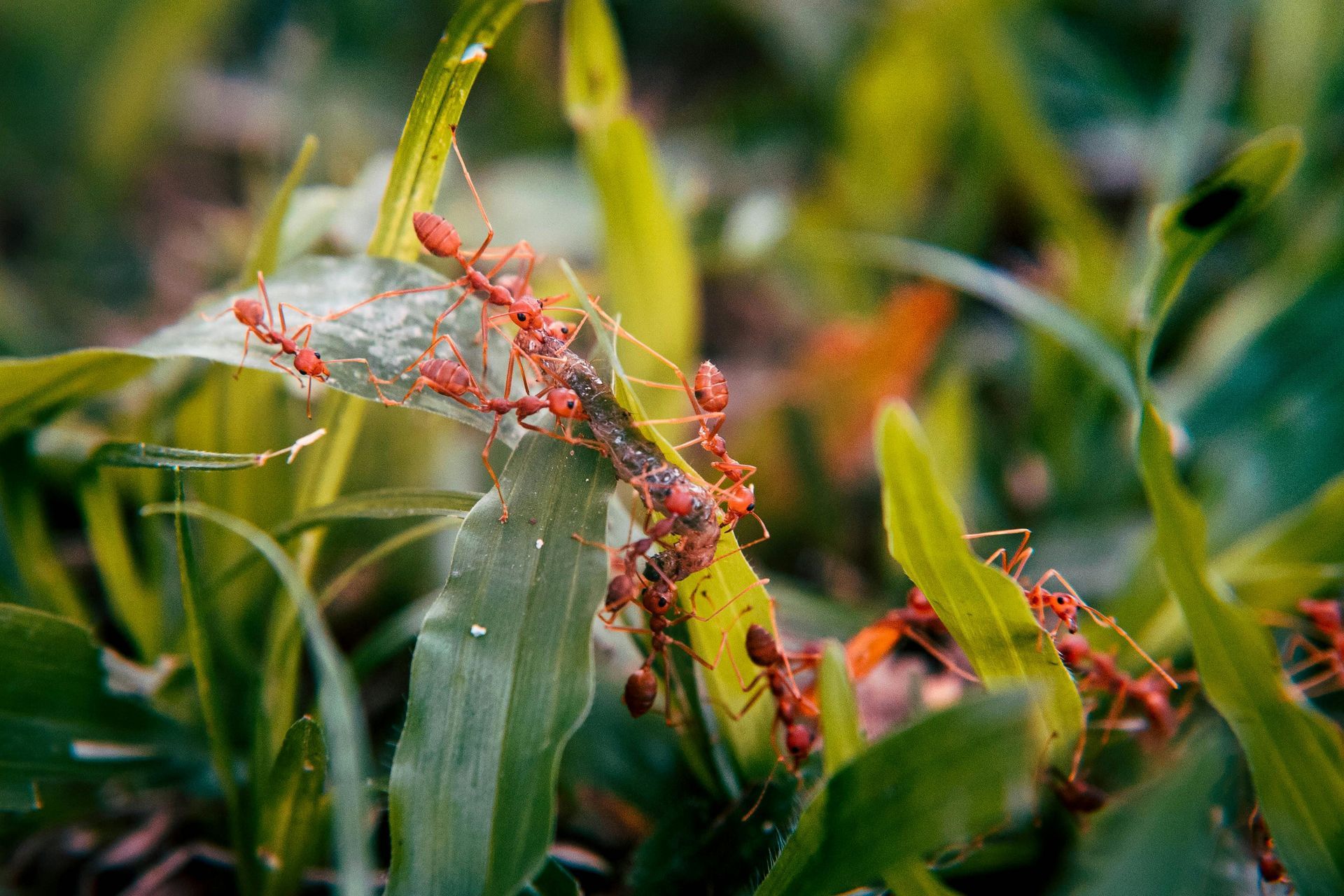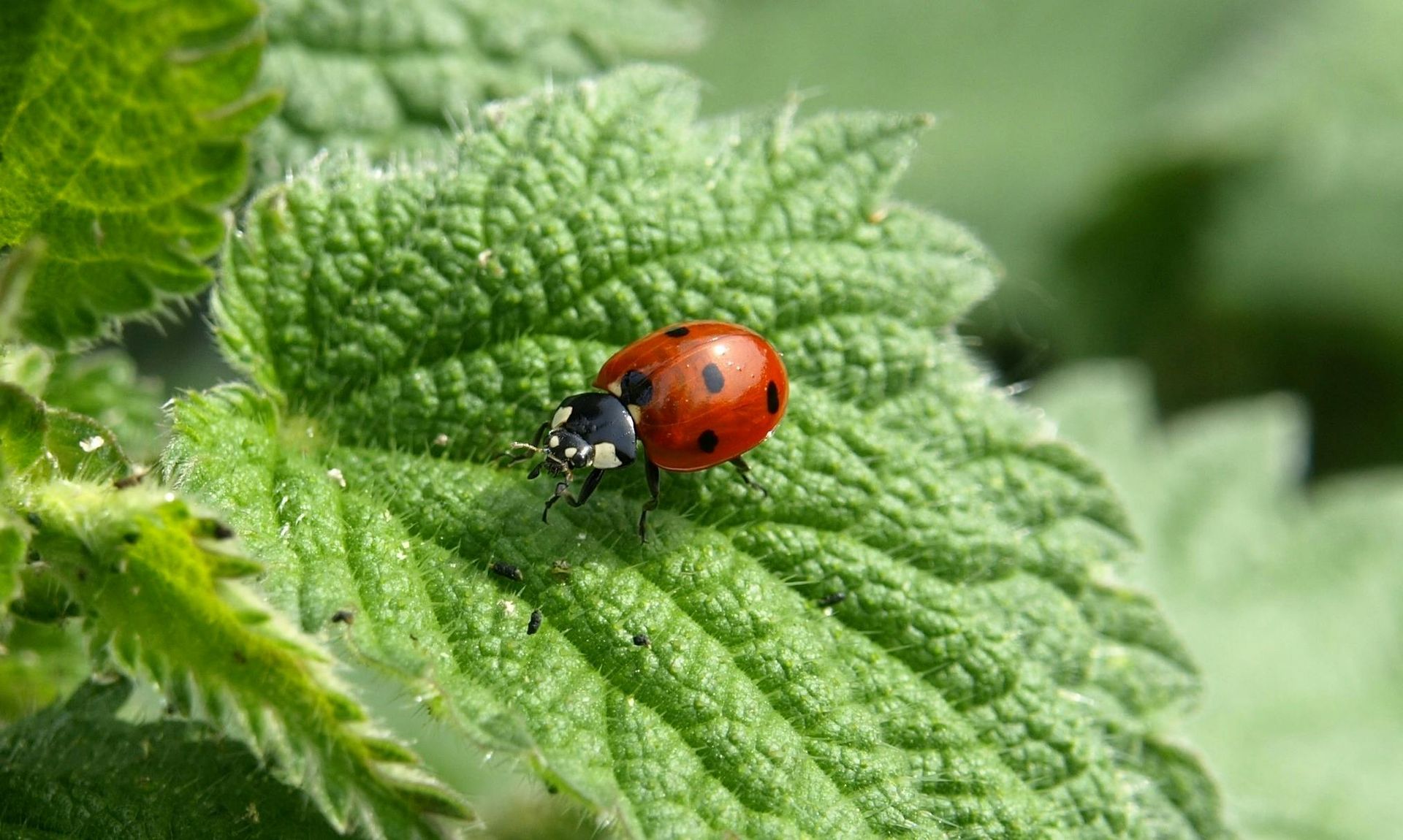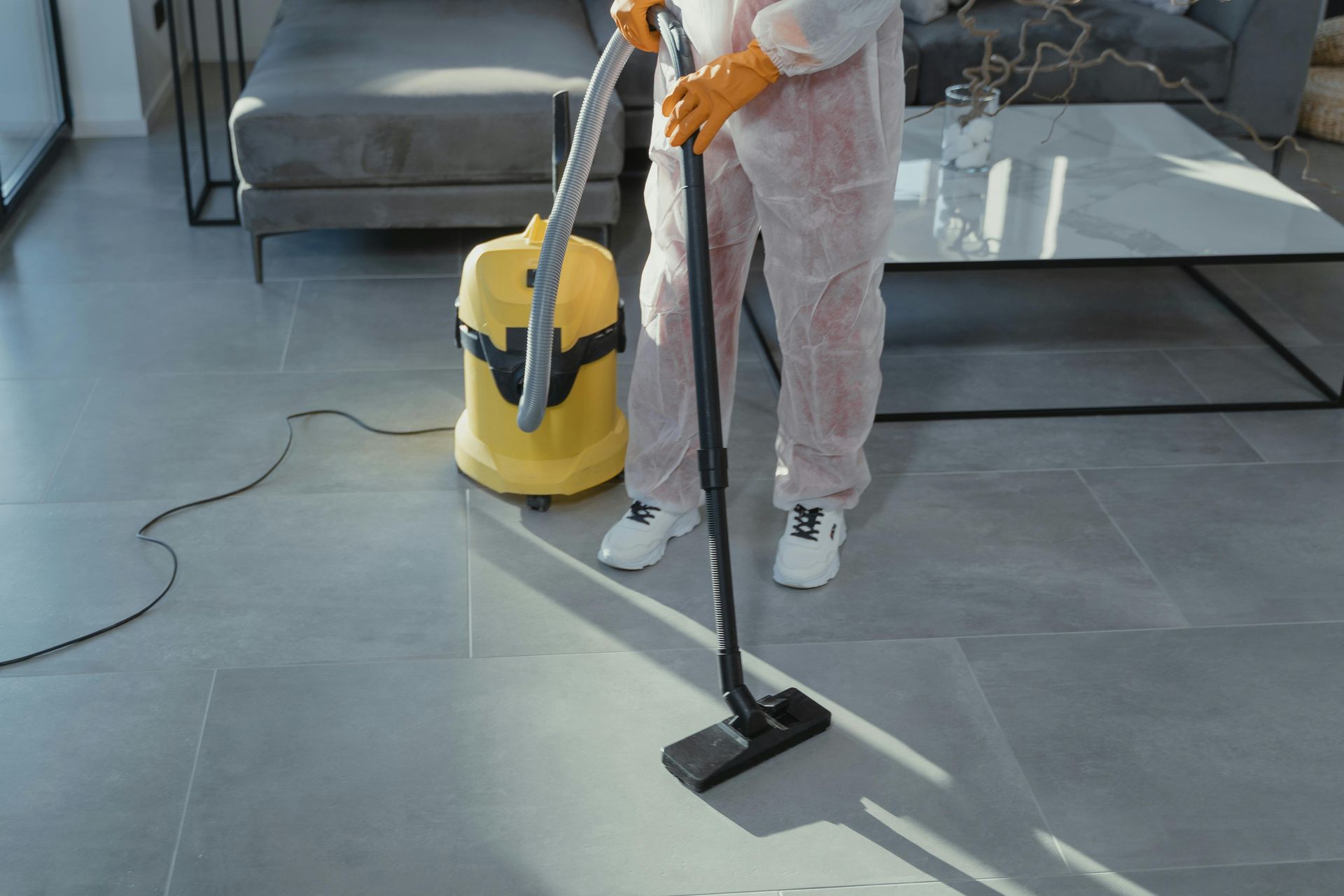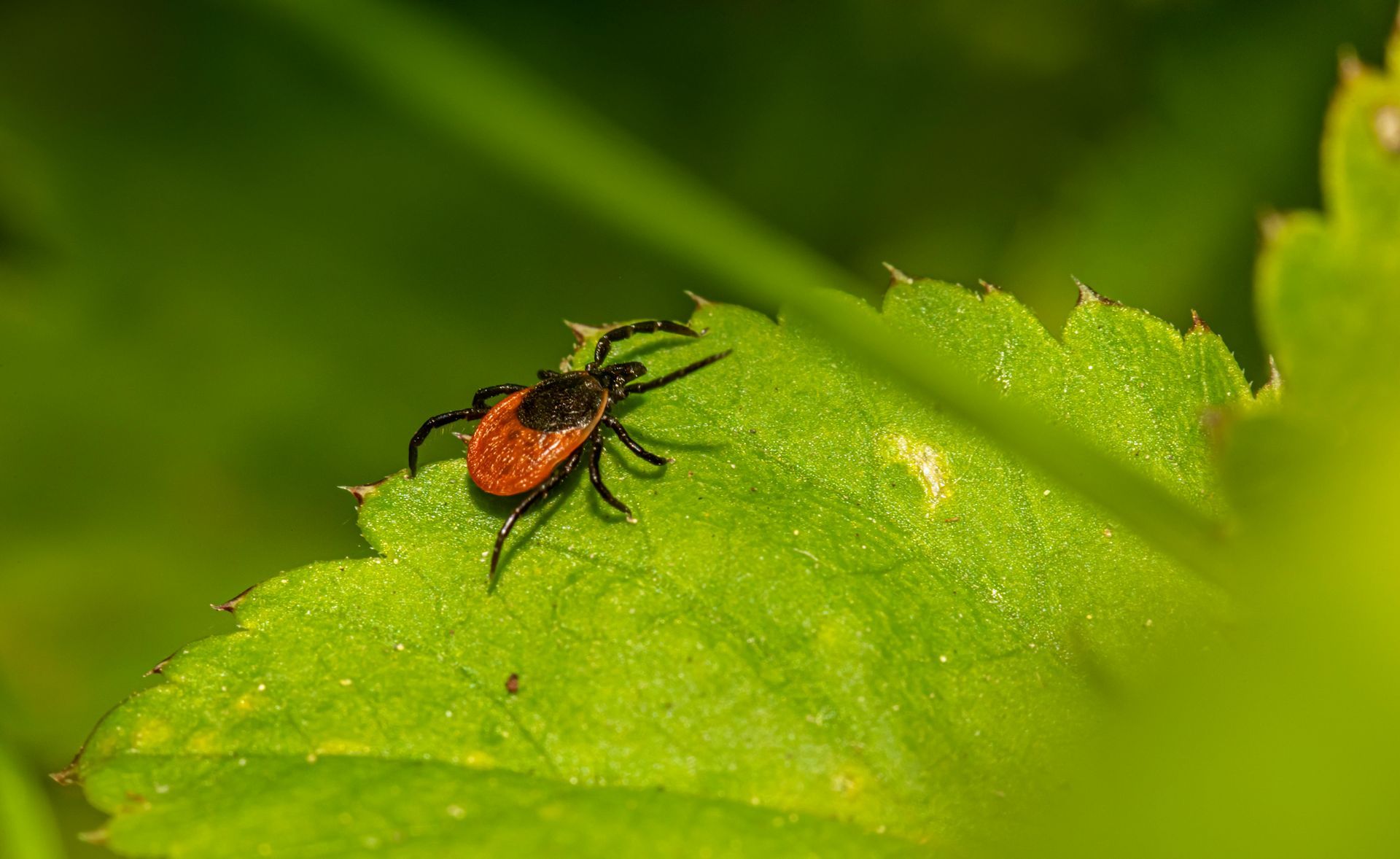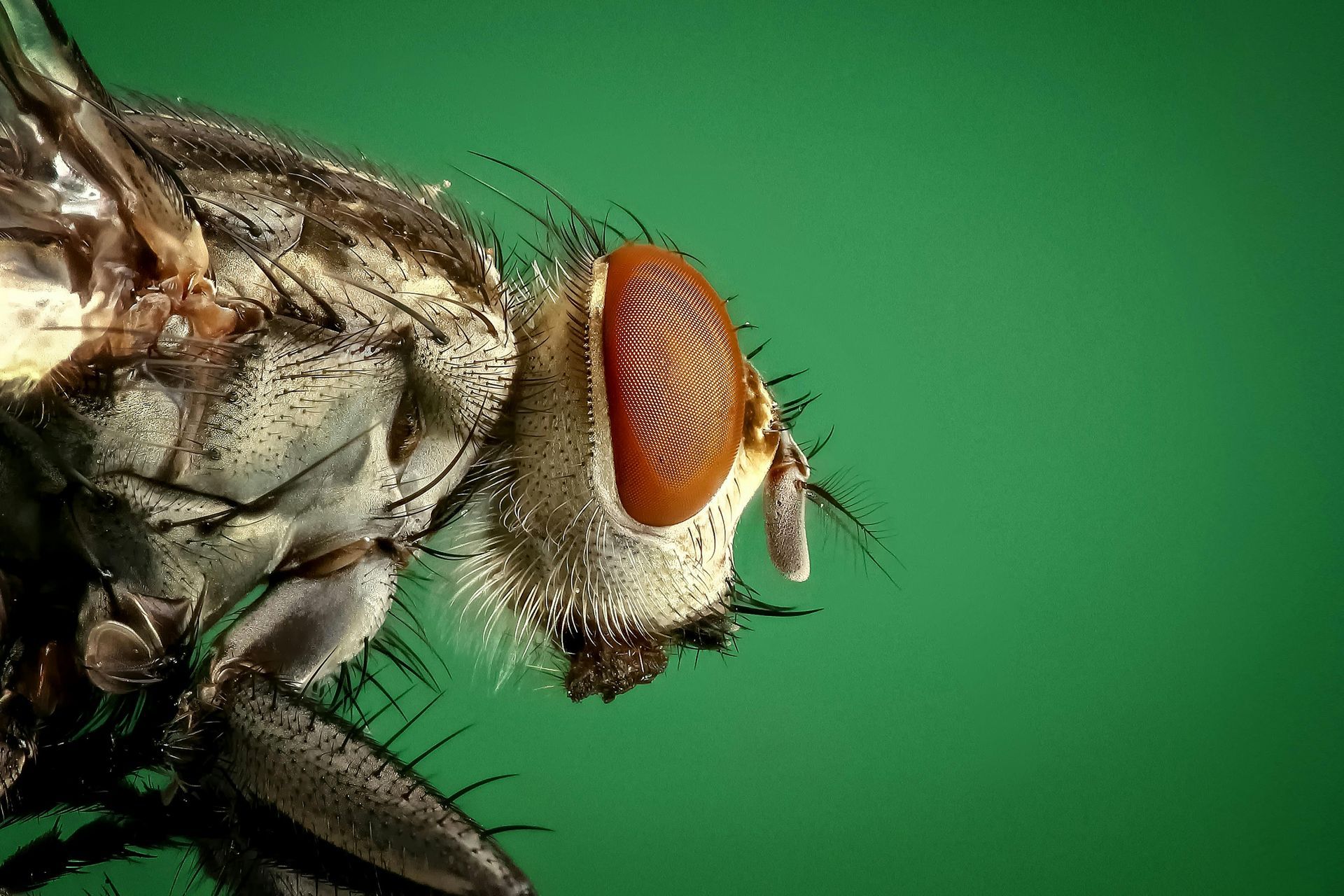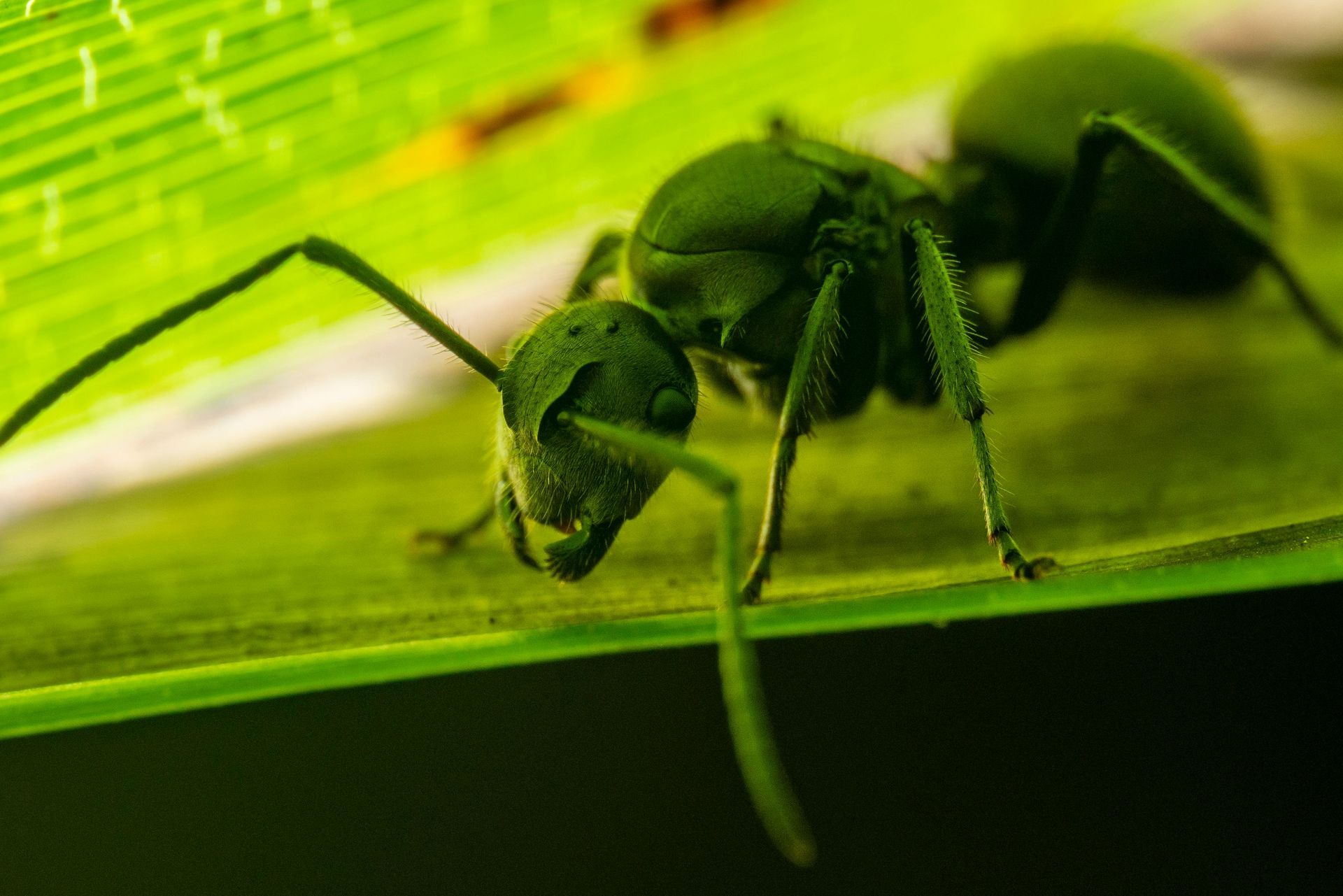The Bug-A-Salt 3.0 pest zapping gadget.
The Latest Gadgets in the World of Animal Repellents
Getting Rid of Pest Animals Sometimes means using cool repellent gadgets
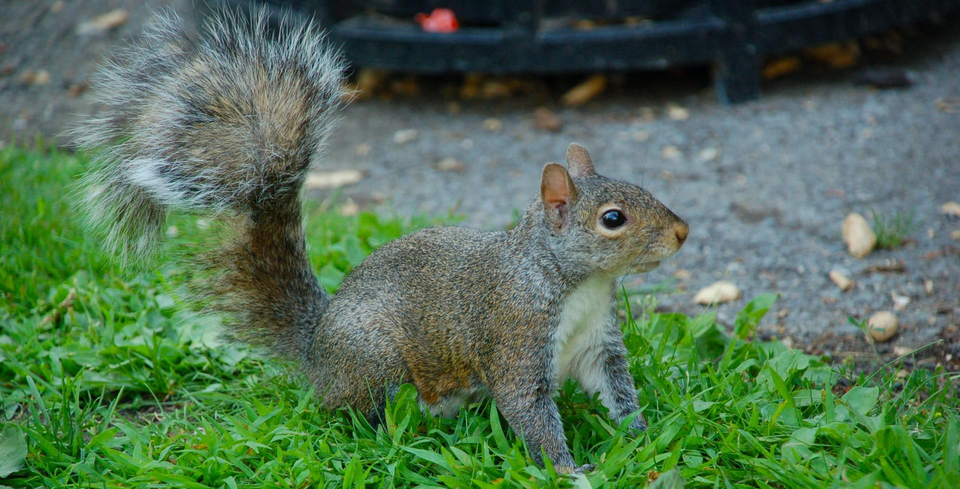
Bug-a-salt 3.0 – Simple but exciting, the Bug-a-salt 3.0 is a device designed for the smaller home pests – bugs. While geared more towards pest elimination than repulsion, this device is an air rifle which uses table salt as it’s ammunition. The Bug-a-salt was originally intended for use against flies, but has also proven effective against spiders, ants, and other small insects. The utilization of table salt provides a low risk of damage to objects and windows where the insects may be resting, and also acts as a repellent against bugs after a shot has been fired. Consumer reviews boast that trees which attract insects have been left alone after a handful of Bug-a-salt treatments. While insects have less memory/learning ability than most animal pests, they can be taught where they are not welcome over time.
ROSELA Car Pest Control – The ROSELA pest control device is a compact unit designed to protect your vehicles from invasion by unwanted pests. This can include mice, rats, squirrels, and chipmunks. While it’s primary function utilizes ultrasonic frequencies and an in-car installation, the well-designed device also comes with motion-activated LED lights in order to ward off larger pests such as feral cats from your garage or driveway. Powered by 4 AA batteries, the ROSELA device is designed to be installed in the engine compartment of your vehicle in order to startle off pests looking to build a home in the warm and protected space under the hood of your car.
Different devices work for different causes and while animals are typically fickle and clever when it comes to navigating repellent devices, the best way to get rid of pests is to not let them get comfortable in the first place. If you’re looking for the ultimate animal-repelling solution, check out Shake-Away All Natural Pest Repellent! Safe, proven, and backed up with a money-back guarantee, Shake-Away is sure to provide you with protection across your entire property.
Critter Repellent All Natural Animal Repellent Blog
